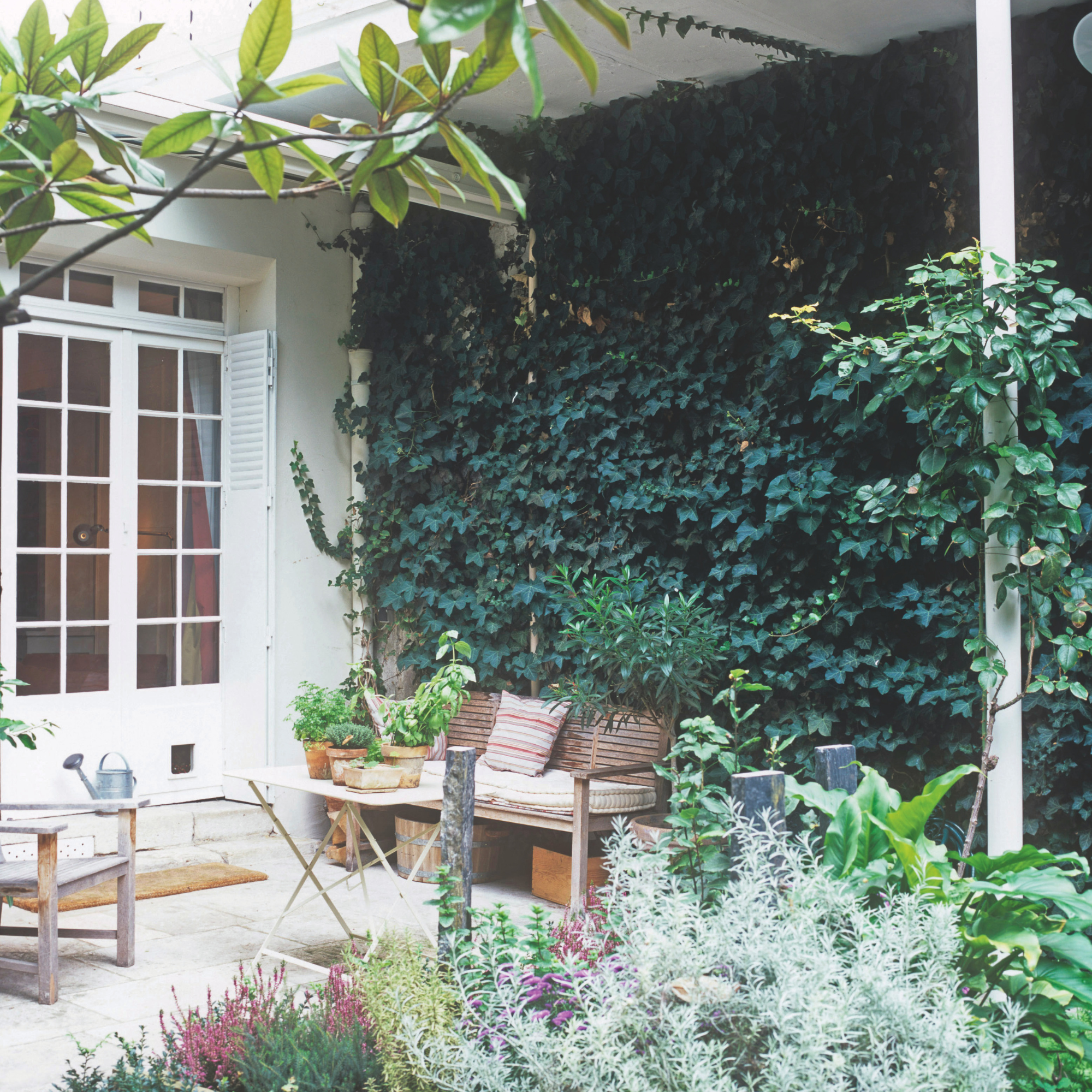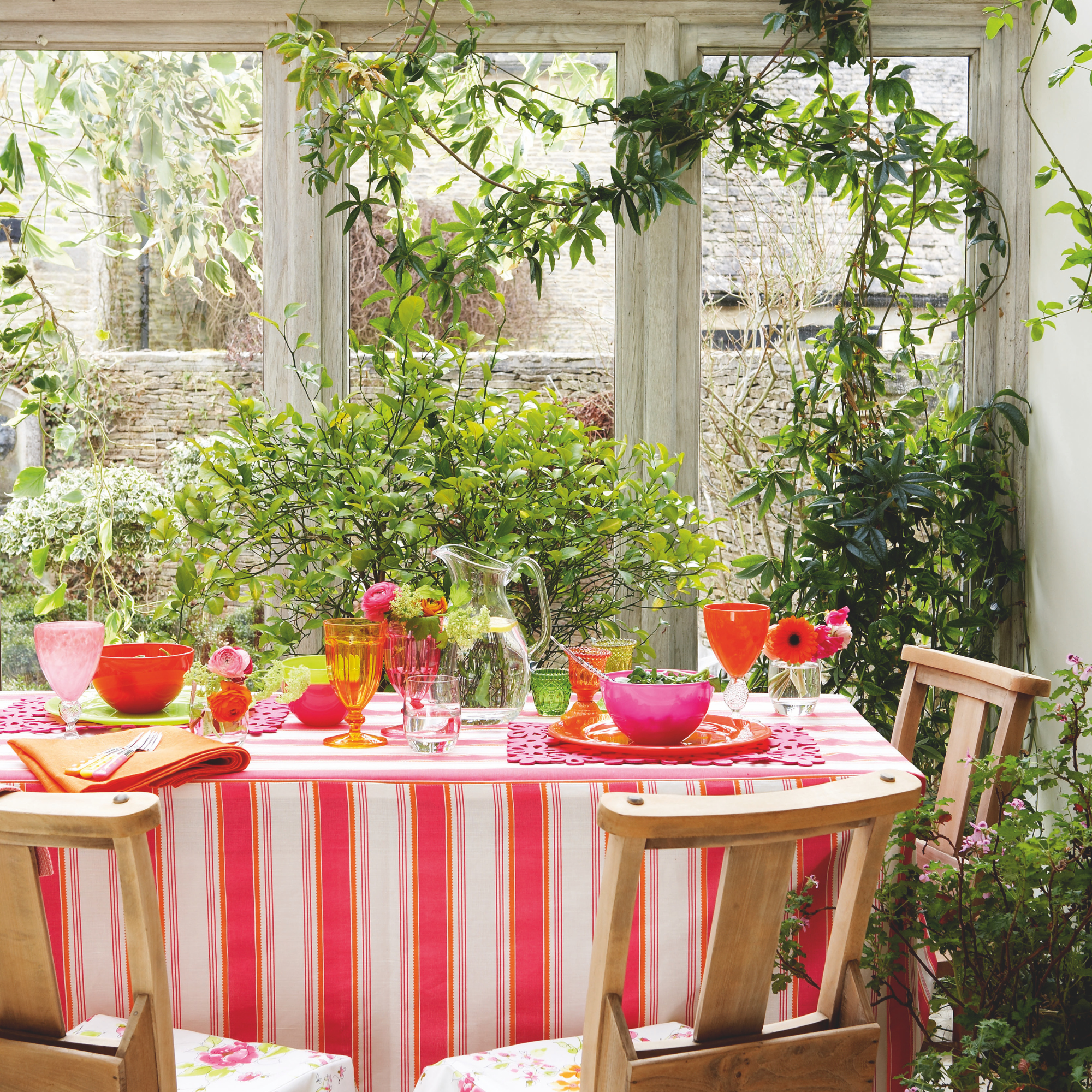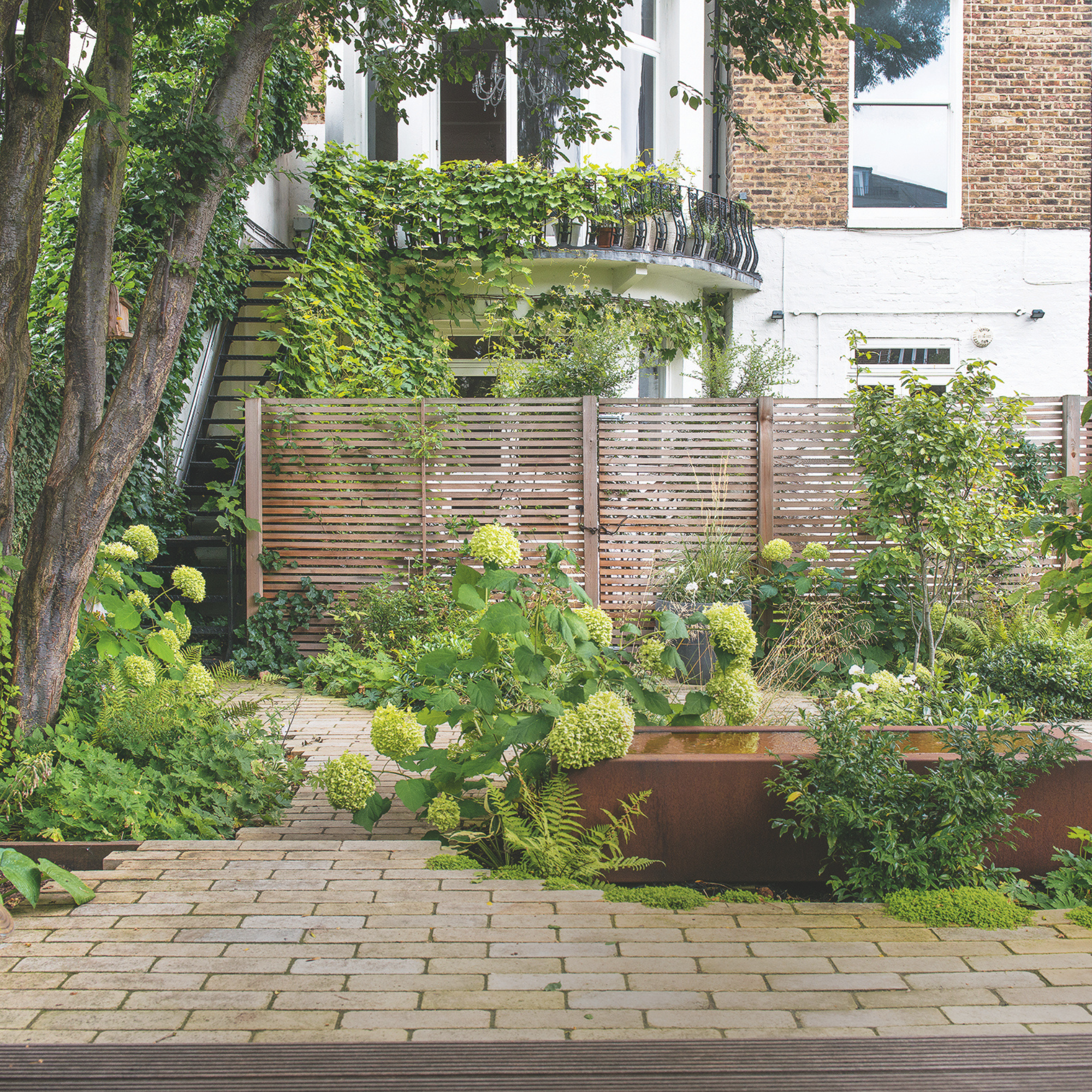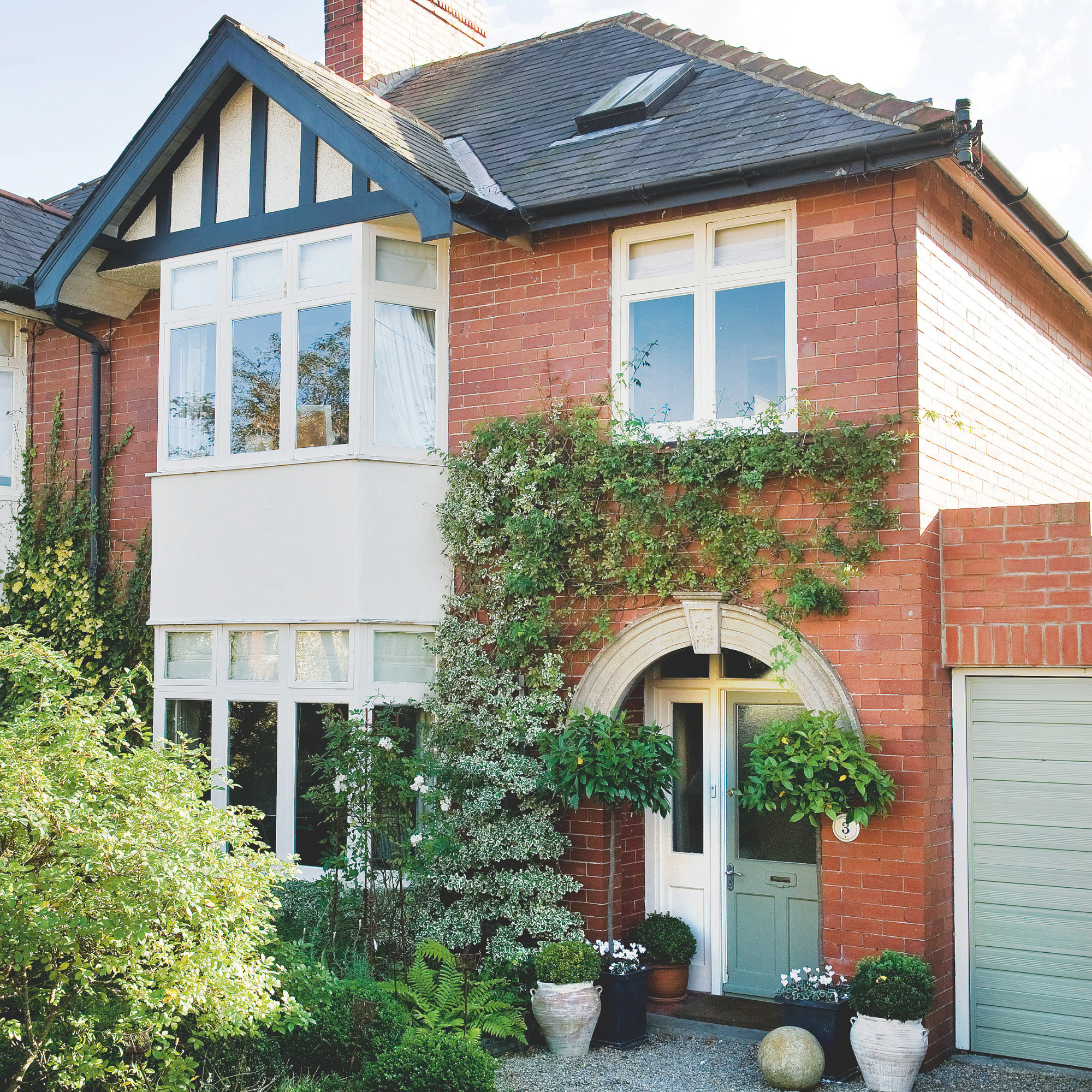
Thinking of a quintessential English cottage, the first image that comes to mind is sprawling ivy climbing the brickwork. But known for damaging walls and other plants, a stunning ivy facade can quickly turn ugly. So should you remove the ivy from the outside walls of your house?
While there are plenty of ways to kill ivy, there is also the option of leaving it in place and keeping it in check. To find out once and fall all if you should remove ivy from your house or leave it alone, we spoke to a number of experts who surprised us with a few of the benefits that can come from leaving the ivy on the outside of your home alone.

Benefits of keeping ivy
Perhaps the most obvious reason for keeping your exterior wall’s ivy is its classic charm. But aesthetics aside, Ivy does have some benefits to your home.
‘Ivy enhances a building’s exterior with its classic charm, reminiscent of traditional English homes. It provides natural insulation, helping to regulate indoor temperatures and improve energy efficiency. In summer, it cools interiors by reducing solar heat gain,’ comments Georgina O'Grady, Managing Director at Evergreen Direct.
Air trapped in the leaves acts as a special insulation during the winter months and summer months according to the The Royal Horticultural Society (RHS). Studies have shown that ivy can cool your home by up to 5 degrees in warmer weather.
Ivy is also beneficial for protecting the more vulnerable parts of your wall from frost, heavy rains and wind, as well as trapping airborne pollutants.

Secondly, while Ivy is renowned for damaging walls and fences, some types are not as bad as you think.
‘It’s commonly thought that ivy causes damage to the structures it’s growing on, specifically buildings, but that’s not entirely true and I wouldn’t recommend trying to rush to kill it. Sometimes, it can actually be better to keep it,’ says Petar Ivanov, gardening and plant expert at Fantastic Gardeners.
‘Studies from the National Trust and English Heritage organisations have reported that it’s an important keystone species for wildlife and can cause damage, but only if the structure it’s growing on already has existing issues.’
Graham Smith MCIHort, a gardening expert from LBS Horticulture agrees, citing Ivy cannot damage your home if it is already undamaged.
‘Although it is thought that ivy damages the walls it grows on, this is often not true. While the ivy can make any existing structural issues worse, it very rarely causes them as the aerial roots of the plant cannot bore into sturdy masonry and only cause damage if removed with force,’ he says.

Disadvantages of keeping ivy
However, this is not to say that ivy doesn’t have its problems and may not always be the best choice for your home. English ivy in particular is the most invasive type of ivy and can cause damage to old or weakened buildings.
‘Some species of ivy, such as the English ivy, can grow aerial roots for support which can exploit existing cracks in the structure it's growing on and widen them,’ says Petar.
‘If you already have such structural damage, the English ivy can worsen it, so, in that case, the best course of action will be to cut the ivy, repair the damage and leave the plant to re-grow. If ivy, like other plants rooted into walls and fences, causes damage to them, it should be removed in a similar way to a tree or shrub at the earliest possible stage.’
Graham agrees, explaining that the aerial roots of ivy can get into existing cracks and make them worse. But this isn’t the only issue.

‘If a house that already has a damp problem has a covering of ivy, this can potentially make the damp problem worse as the ivy will restrict how much the walls of the house can breathe,’ says Graham.
‘If a home has a dense ivy cover, this may hide damp or make it harder to spot other problems, meaning that they could potentially go unnoticed and worsen.
‘The creeping stems of ivy can lift roof copings or slates, and they may even grow into gutters, chimneys or other roof spaces if not kept under control.
‘When ivy matures and branches, it can add a lot of weight to a structure, which can damage masonry in windy conditions.
‘Mature ivy growing close to the base of a wall could lead to subsidence problems if the property is older, has a shallow foundation or is built on clay soil.’
If your home is older or prone to damp ivy is not the best choice and you should remove it.

Verdict
Overall, ivy is not something you necessarily have to remove - if you like the charm it provides, you should keep it! Just remember there is a lot of upkeep involved and you will need to arm yourself with a good pair of secateurs, like these Gardena secateurs from Amazon for £17. If that upkeep sounds out of your time constraints you might be better off looking into other ways to use ivy in the garden for that classic cottage look.
‘Ivy can look attractive on a house and if you maintain it regularly and keep it under control, it doesn’t always need to be removed. Just ensure it doesn’t grow over openings. However, before making a decision, ensure you check the condition of the wall it’s growing on – ivy attaching itself to crumbling mortar isn’t a good idea, and if that’s the case, it may need to be carefully and fully removed before it does damage,’ advises Francesca Watson, co-founder of Otters Home Search.
‘If you’re considering buying an older house with a lot of ivy on, we’d advise you to get a Level 3 building survey and do as much research as you can so you know what you are getting into before buying. If something has gone a bit wild and is putting other potential buyers off, this could be an opportunity for the brave and well-informed purchaser to negotiate the price.’




!["[T]he First and Fifth Amendments Require ICE to Provide Information About the Whereabouts of a Detained Person"](https://images.inkl.com/s3/publisher/cover/212/reason-cover.png?w=600)


